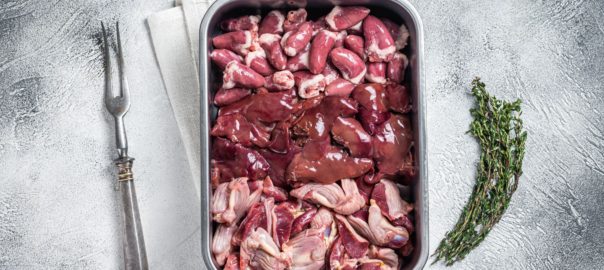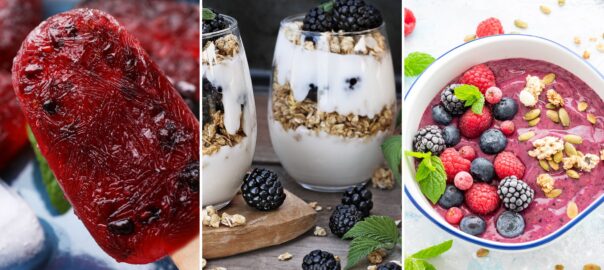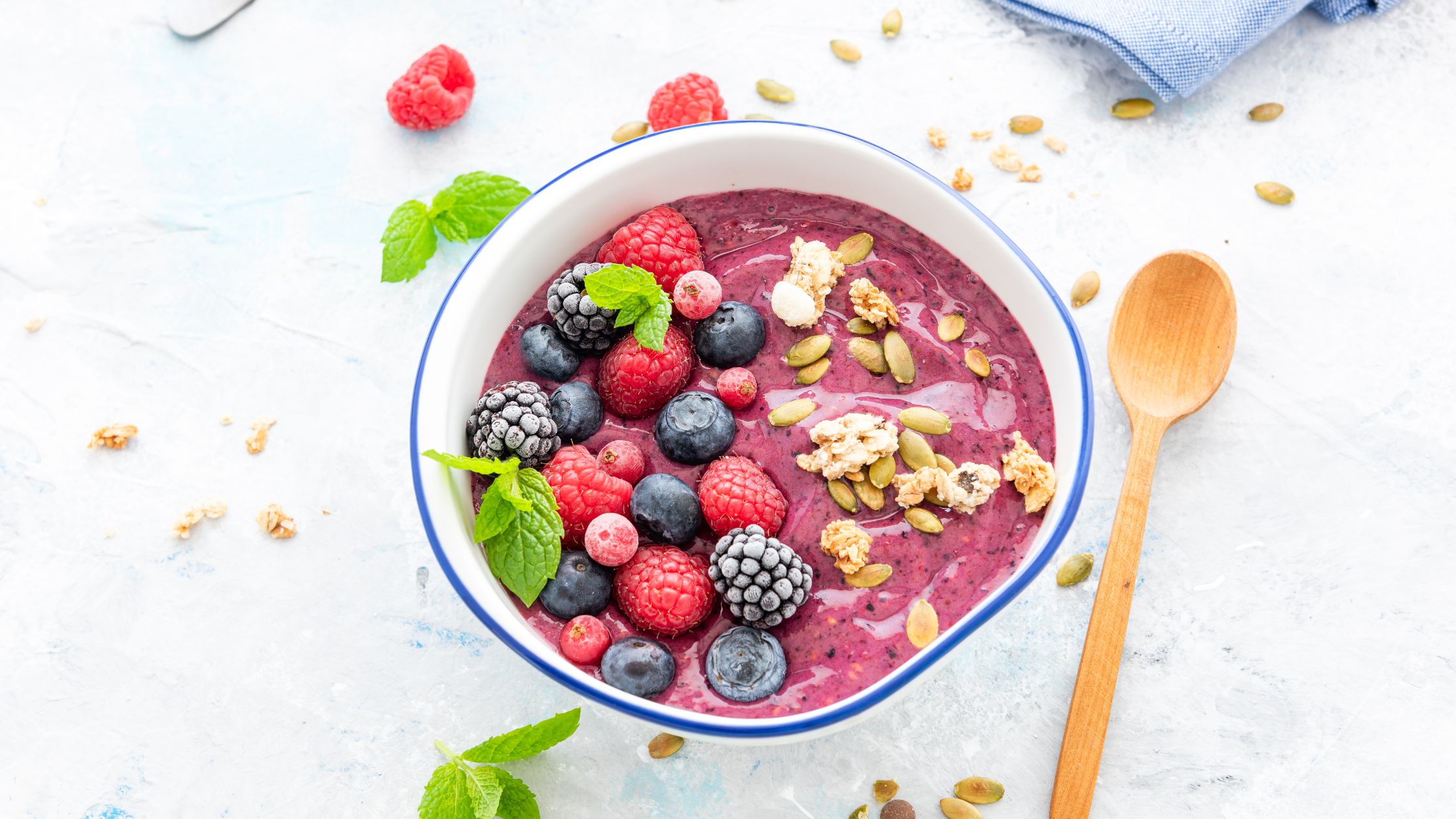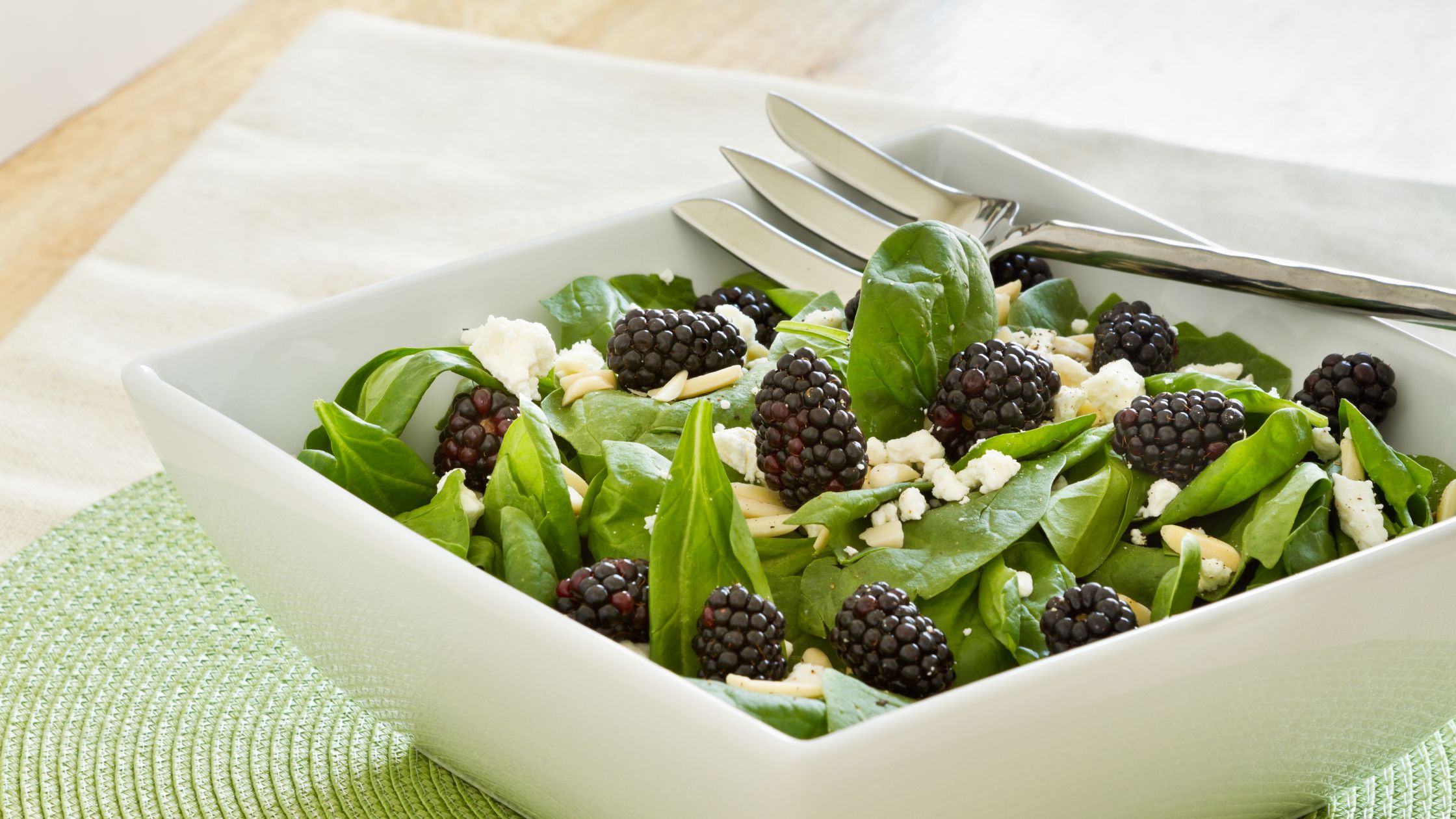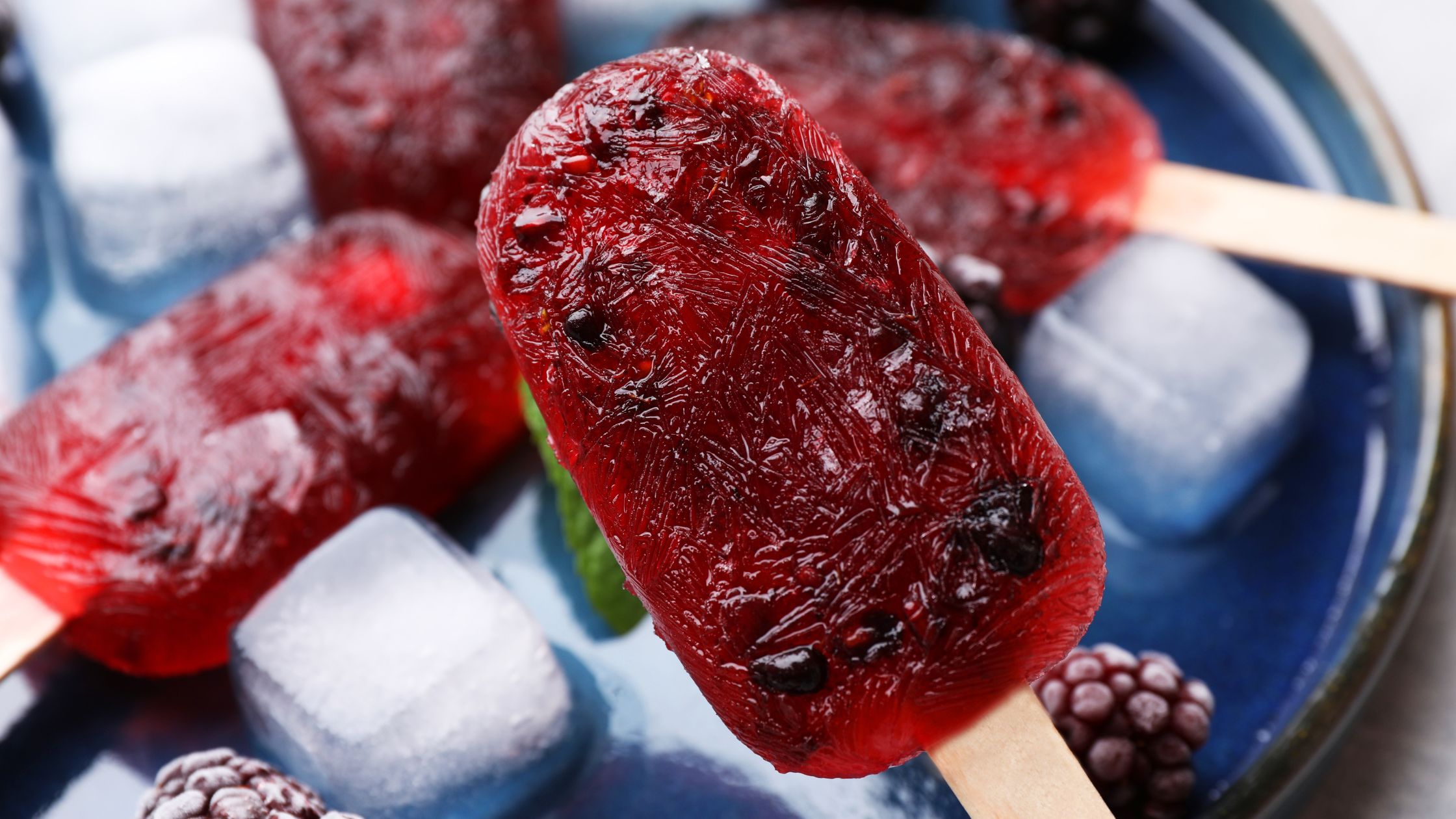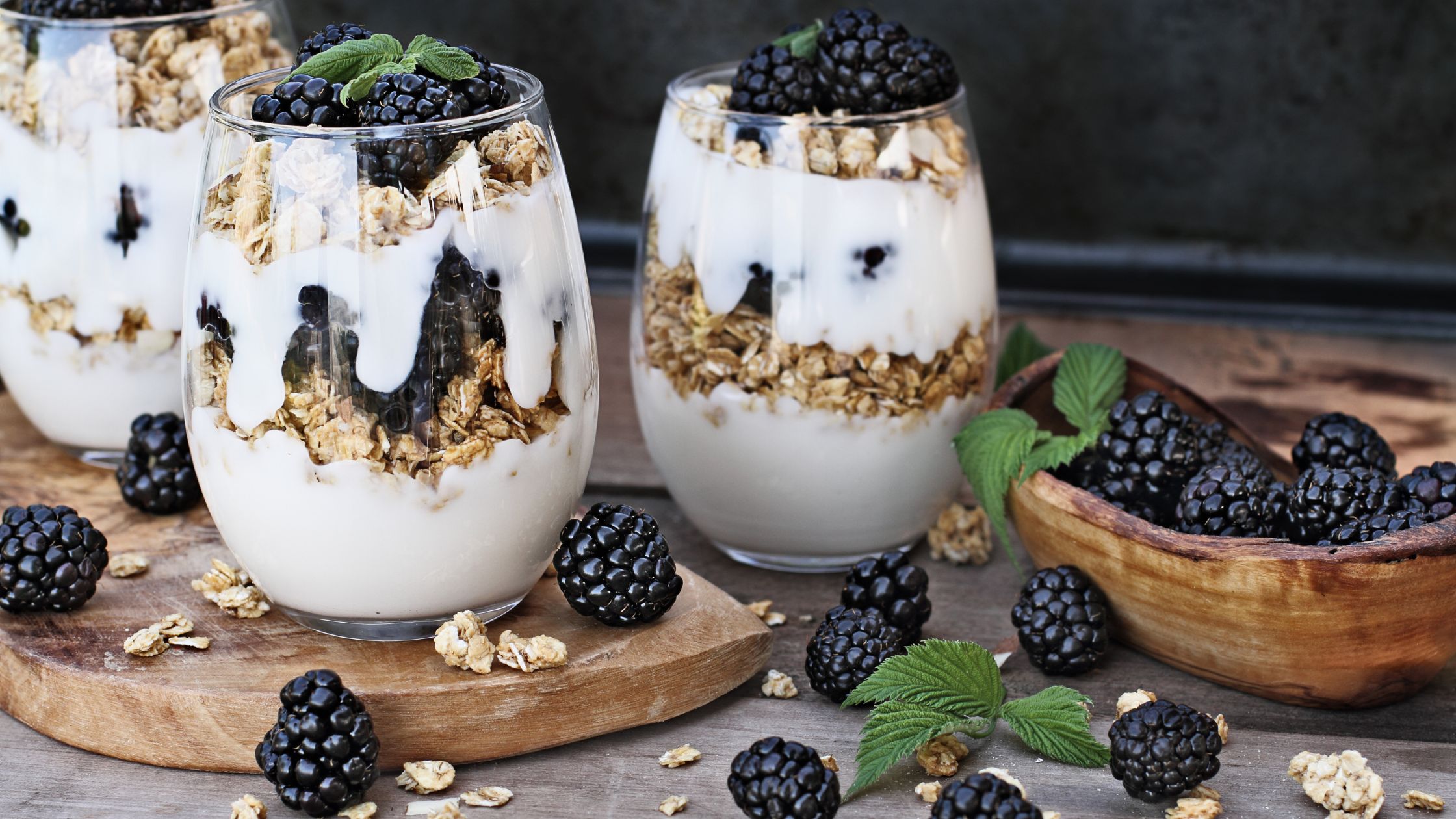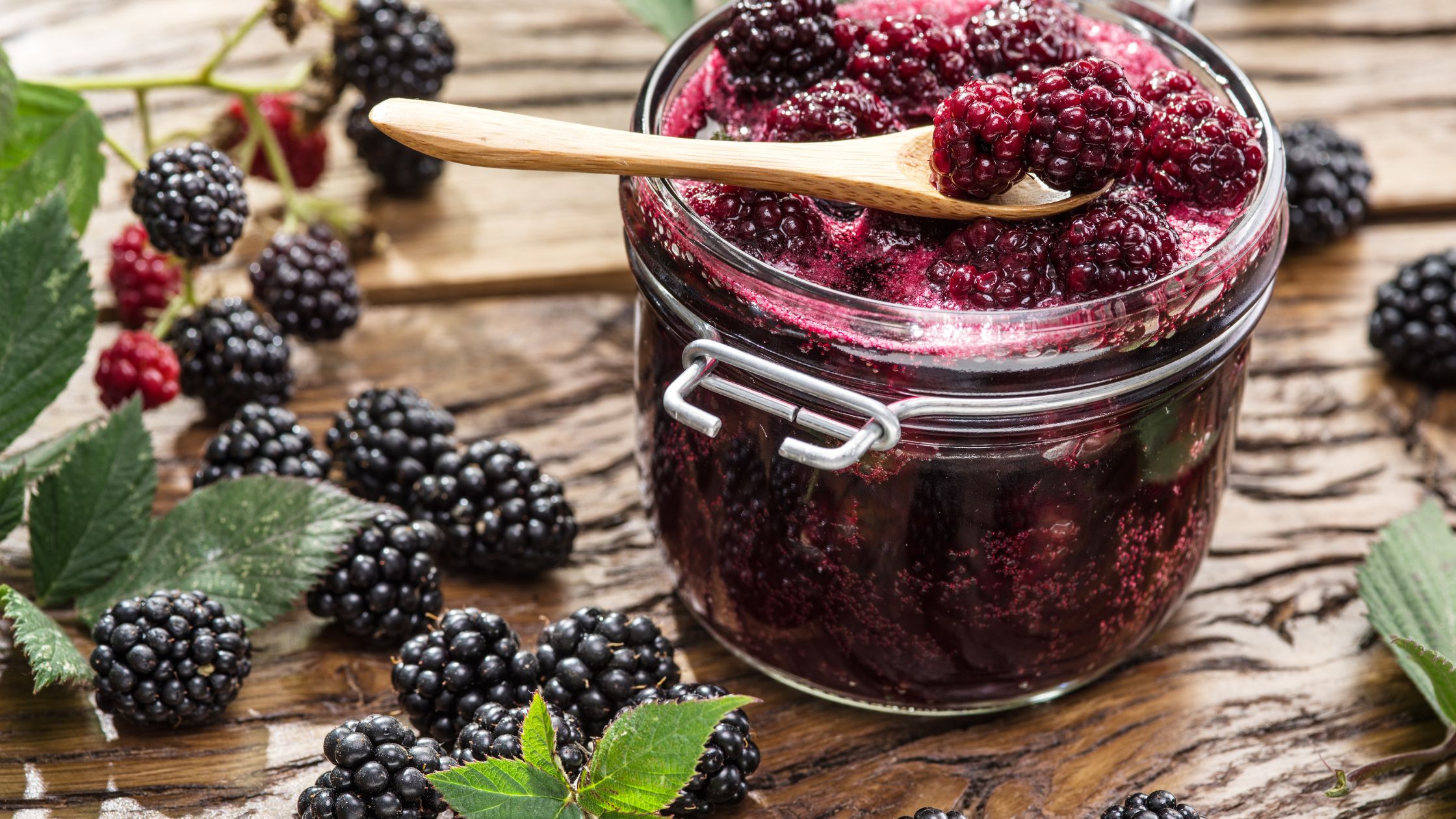In these modern times, organ meats are often overlooked in our diets. However, the concept of eating "tip to tail," which emphasizes consuming all parts of the animal, is gaining traction. But if the thought of eating organ meat makes you uneasy, you're not alone. Many of us didn't grow up eating these nutrient-rich parts of the animal. Fortunately, there is a solution that makes incorporating organ meats into your diet easy and delicious.
The Nutritional Power of Organ Meats
Organ meats are incredibly nutrient-dense and bioavailable, meaning your body can easily absorb and utilize their vitamins and minerals. They are often referred to as "Mother Nature's multivitamin." Yet in spite of their nutritional benefits, organ meats in the U.S. are primarily sold as pet food, zoo animal feed, or are sometimes re-fed to livestock. Only a small amount is sold in certain cultural markets where traditional dishes such as menudo and haggis are popular.
Overcoming the Stigma and Availability Challenges
The stigma around organ meats stems from a historical shift in perception. Post-World War II, muscle meat became associated with wealth, while organ meats were considered a poor man's food.
Despite a government campaign during the war to promote organ meats, this perception persisted, leading to a decline in their consumption over generations.
Organ meats don't taste like many people think they do. There's an unspoken assumption that all organ meats have a strong, distinctive flavor like liver or kidney, but this isn't the case. For example, the heart is rather mild and is similar in texture to muscle meat. And well prepared stronger flavored organs such as liver or kidney can be quite delicious.
Even if you're open to trying organ meats sourcing these parts can be challenging.
Farmers' markets and local farms can be good places to start, as they often have access to the whole animal. You can also try ethnic markets, particularly Mexican or Asian stores, which also stock organ meats as these are regularly used in traditional cuisines.
Seasoning with organ meat
If you're not quite ready to try cooking organ meats the good news is that's not the only way you can use them. One of my favorite ways to add organ meats to the diet is as a seasoning. When you add it as a seasoning you're getting both the nutrient density of the organ meats as well as the yum factor.
My favorite way to season with organ meat is a product called Pluck. Created by James Barry, a whole foods chef, it's an innovative organ-based all-purpose seasoning designed to make it easy for people to get the benefits of organ meats without the challenges of taste and preparation that can put people off. By creating this product James is on a mission.
His goal is to help people achieve lasting health by making nutritious choices easy and sustainable. This includes supporting the local economy and farmers and promoting regenerative farming practices.
As The Ingredient Guru, I love the fact that the ingredients in Pluck are straightforward and wholesome: onion, pink Himalayan salt, garlic, a bovine organ meat blend, smoked paprika, lemon peel, black pepper, mustard seed, parsley, green onion, and thyme. It offers an easy way to add the nutritional benefits of organ meats to your diet. Pluck allows you to easily incorporate these nutritious organ meats into your diet without changing your eating habits.
James shares these words of wisdom, "We already season our food, Pluck doesn't require a new habit. It just makes it easy to get organ meats in your diet consistently."
How to use Pluck
When it comes to adding seasonings to your food very few people complain. Because we all love good flavor. If the flavor comes from a nutrient-dense seasoning, that's even better.
I'm not going to lie here, it's better to serve it first and then tell people what it is. And that's simply because of a misplaced pre-conception. After they taste Pluck first and love it, chances are they're going to want more.
So you're probably wondering about how to use Pluck in your kitchen. Here are some of my favorite ways to add it to food:
- A delicious quick snack is simply hard-boiled eggs sprinkled with Pluck
- It's also great on scrambled eggs
- Another great snack option is on popcorn
- Season your salads with a dash of Pluck
- Also great on baked potato
- And it's wonderful to add that extra yum factor by sprinkling it directly on meats
Pluck really is a versatile addition to your kitchen seasoning shelf.
Conclusion
Eating organ meats doesn't have to be daunting or unappealing. With innovative products like Pluck, it's easier than ever to incorporate these nutrient-dense foods into your diet. Pluck offers a delicious solution that benefits both you and the planet. Whether you're new to the idea or looking for convenient ways to include more organ meats in your meals, Pluck provides a simple and tasty way to enhance your diet.


